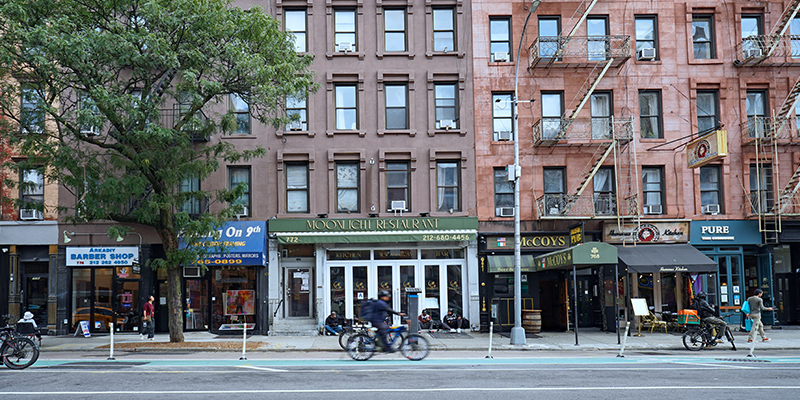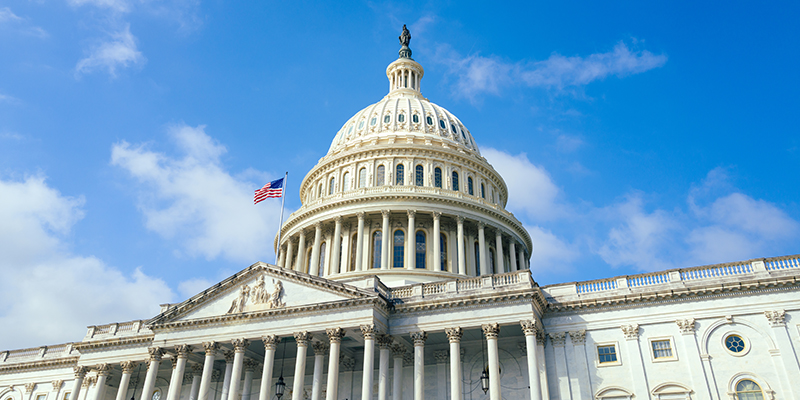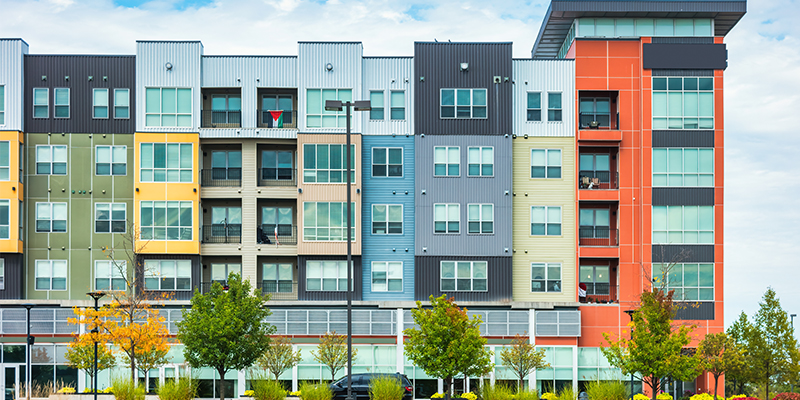By Andrea Yu
Weather and climate disasters result in catastrophic insurance losses, from wildfires to floods, winter storms and tornadoes. They’re increasing in frequency, with so-called 100-year floods now happening several times in a decade. In a CRE.Converge panel this week in Toronto, four climate and sustainability experts gathered to discuss how commercial real estate assets are impacted in an era of climate change.
Mike Williams, president of the SaaS company ClimateFirst, which screens and assesses physical climate risks at a building-systems level, moderated the panel. Williams explained that 30 million commercial real estate buildings around the world, totaling $37 trillion in asset value, are impacted by climate change.
“We cannot afford for this asset class to go to zero,” Williams said. Panellist Brandon Malleck, vice president of strategic operations and sustainability at Colonnade BridgePort, a real estate investment and management company, reminded the audience that climate impacts can be both acute and chronic. “Chronic outcomes are the things that go unseen,” Malleck said. “If you have a roof that’s supposed to last 15 years under extreme heat, maybe it lasts 13 years. Over time, if you have a portfolio of buildings and a number of roofs, you’re looking at some pretty significant costs associated with climate change.” These are the kinds of costs that aren’t covered by insurance, and why the commercial real estate industry should pay attention to both acute and chronic climate risks.
It’s important to overcome the feeling that there’s nothing that can be done about climate change. Panelist Breana Wheeler, U.S. director of operations for BREEAM USA, an environmental assessment method for commercial, industrial and residential assets, said that overwhelm can cause a sort of paralysis when it comes to decision-making. “Some of that comes from the idea that this seems so big, we can’t do anything,” Wheeler said. “I think that’s one of the biggest misconceptions. You absolutely can. There are pathways and lots of things we can do. Advocating and figuring out what that pathway is helps give us all agency, and then helps overcome that concern and that paralysis.”
Wheeler also underlined the need to get the communities and municipalities where commercial real estate firms’ assets are located on board with climate efforts. “You can fortify your physical asset,” she said. “But ultimately, if your community is not prepared, the damage is going to come anyway.”
Wheeler gave an example of how during Hurricane Sandy, the Goldman Sachs building in lower Manhattan had its lights on while all the buildings surrounding it were in the dark. “Nobody could get to it, so it couldn’t be used anyway,” explained Wheeler. “It’s not just the asset; it’s the block that that asset sits on. It’s the other buildings around. It’s your neighbors, it’s the neighborhood.”
Panelist Nada Sutic is the vice president of sustainability, innovation and national programs at Epic Investment Services, a real estate platform offering cross-border direct investing, fund investing and co-investing opportunities. She said she expects to see some risk-averse companies exiting from places hit by catastrophic events, like floods, while others would see it as “a great buy.”
“They’ll need to make infrastructure investments in the asset to prevent or mitigate the risk of acute events,” Sutic said of those operating in high-climate-risk zones. Some examples she gave for flood risk mitigation were putting flood gates on a parking garage or regrading around an industrial site. “You can drive more value out of your portfolio because you’re planning for it and getting ahead of it.”
When Williams asked about innovations in the insurance space, Malleck said that he’s seen what he calls “boutique premium reductions” for efforts like installing water leak detection sensors in unoccupied buildings. “Insurance companies are willing to reduce the premium up to the cost of these sensors,” Malleck said. “So, we’re seeing some of these small things, but certainly not on the scale that, in my opinion, we need to be looking at.”
Wheeler said that she’s also seen insurers offer discounts for climate upgrades, in the form of premiums not increasing as much as they could have. To help encourage real change, whether small or large, Wheeler said she hopes that conversations around climate upgrades aren’t had by sustainability teams alone. “Your risk team, your insurance folks, everybody needs to be at that table to understand what the risk looks like,” she said.

This post is brought to you by JLL, the social media and conference blog sponsor of NAIOP’s CRE.Converge 2025. Learn more about JLL at www.us.jll.com or www.jll.ca.








